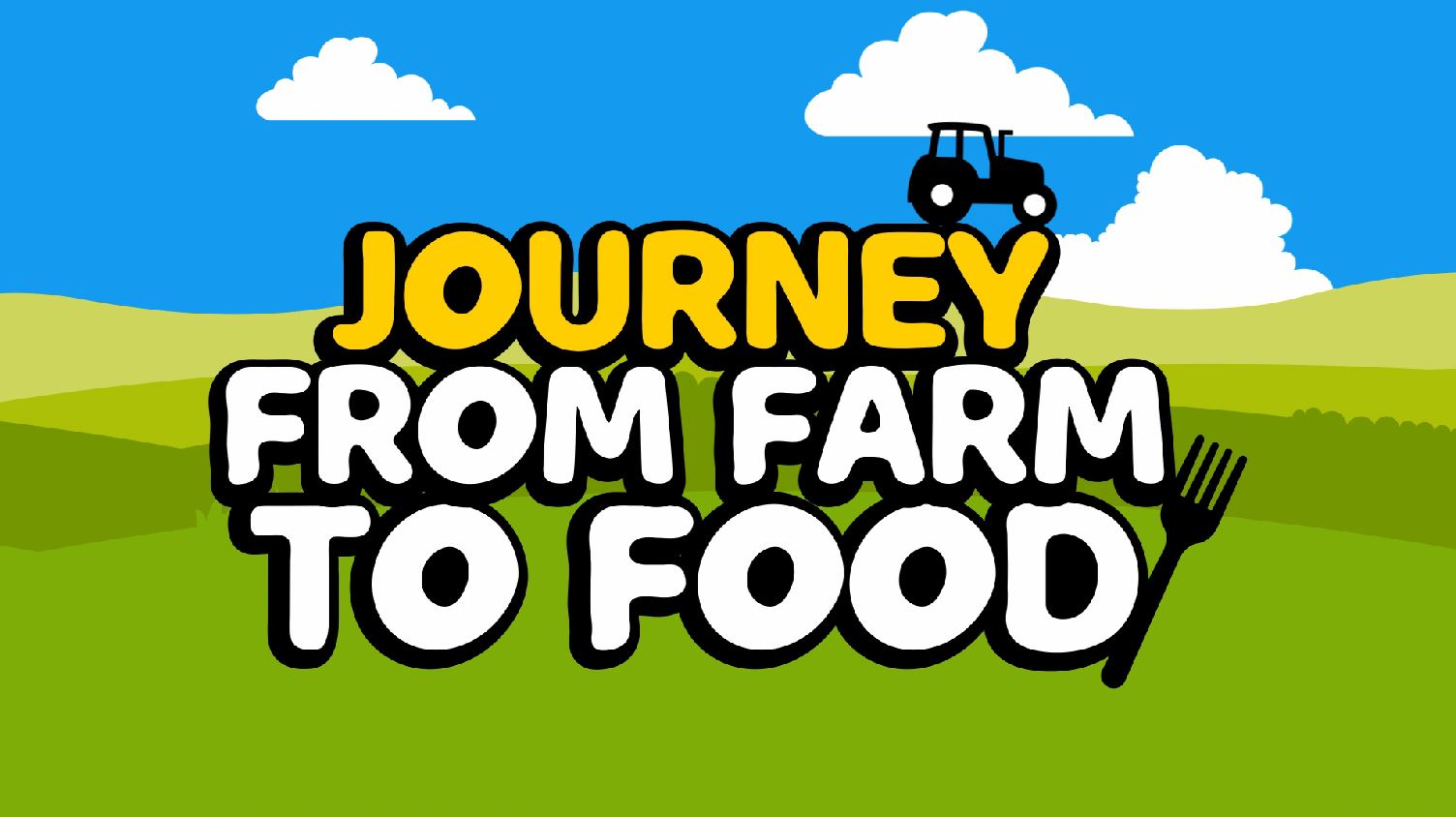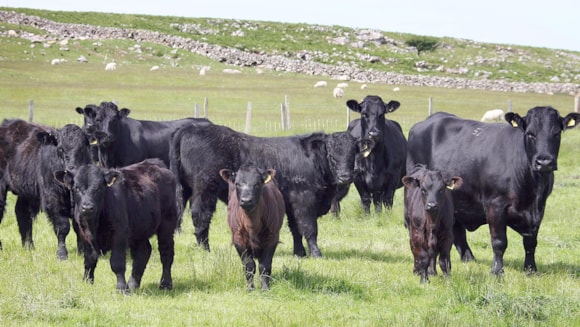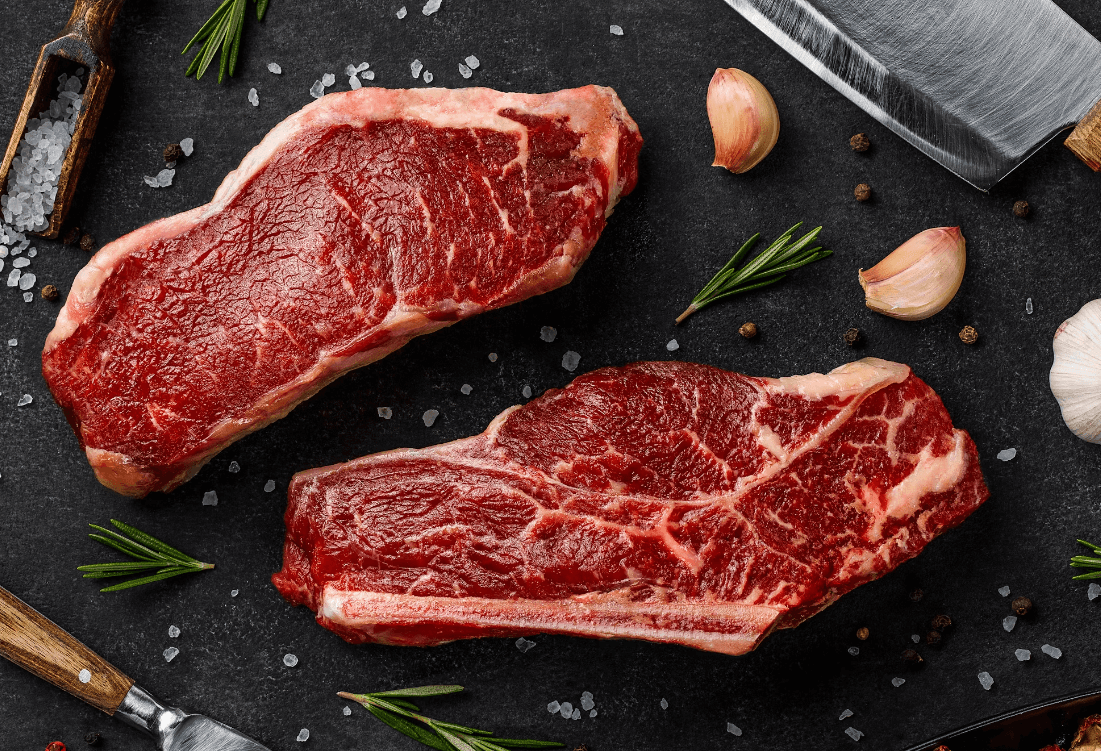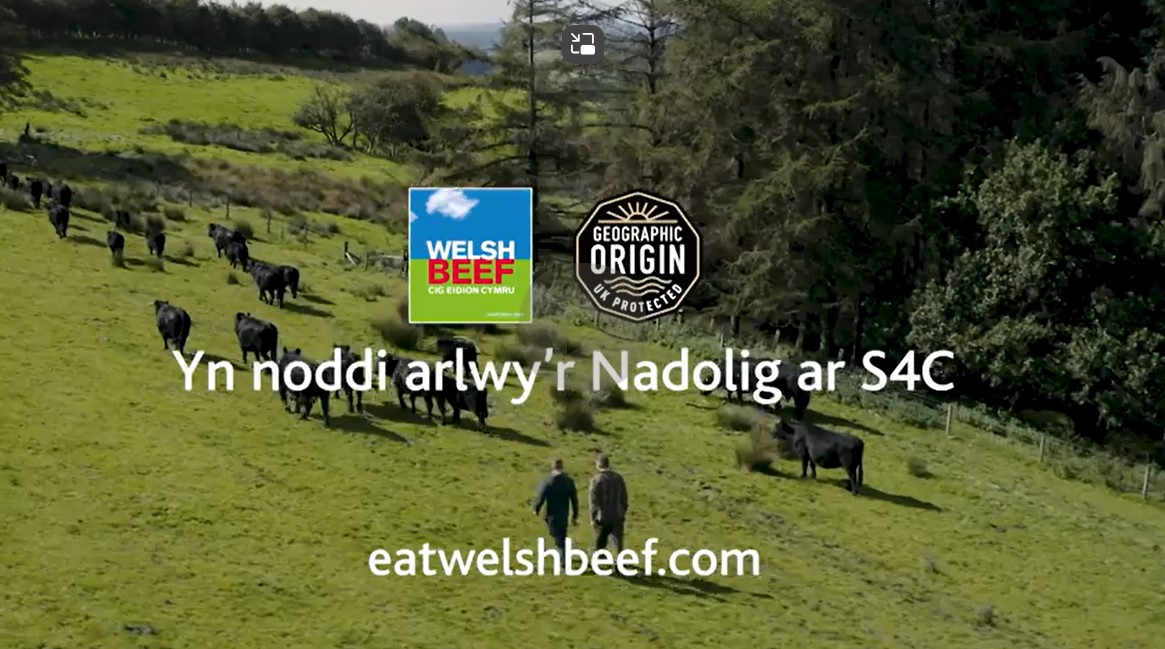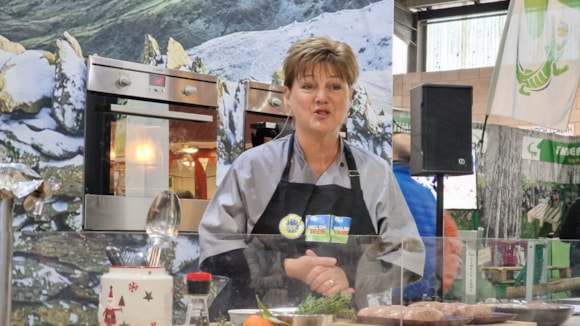New data indicates that farmers are tuning in to savings by reducing calving intervals - but the statistics also show there remains considerable opportunity to further boost profitability.
The average calving interval for beef dams in Wales was 420 days in 2024, according to the latest data from the British Cattle Movement Service (BCMS), which is featured in this month’s Market Bulletin, issued by Hybu Cig Cymru - Meat Promotion Wales (HCC).
“This is relatively stable when compared to the average interval during the previous year, and, looking at historical trends, this is some 12 days shorter than in 2014,” said Glesni Phillips, HCC’s Market Intelligence, Analysis and Business Insight Executive. “However, despite the progress seen over the last decade, there remains room for improvement to reach the industry’s 365-day target between calvings.
“Reproductive efficiency is fundamental for profitability by maximizing the number of calves possible in a dam’s lifetime, regardless of the production system, and improving efficiencies can all support a reduction in the herd GHG emission levels, whilst also improving business profits,” she explained.
Market Bulletin reports that average age at first calving can also impact the suckler herd’s reproductive efficiency as the calf is the enterprise’s primary output. In 2024, the average age at first calving for beef dams in Wales stood at 964 days (or 31.7 months). This is an improvement on the year, as the average dam is now calving 11 days younger than in 2023 and a notable 98 days younger than the average recorded back in 2014.
“Although there remains some room for improvement to reach the industry target of calving nearer to 24 months (or 730 days), beef herds in Wales have shown significant progress during the last decade,” said Glesni. “More needs to be done, though, as managing heifers effectively so they calve at a younger age can increase profit and reduce production costs, with evidence suggesting heifers would wean more weight of calf over the course of their productive lifespan.”
HCC’s March Market Bulletin can be found here: https://meatpromotion.wales/en/market-intelligence/market-bulletin/


